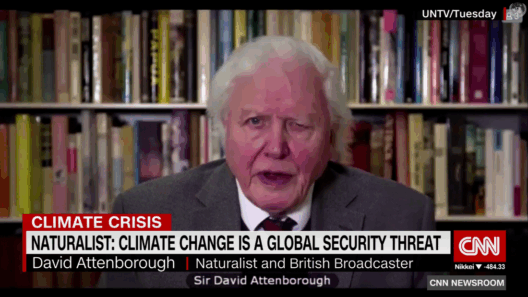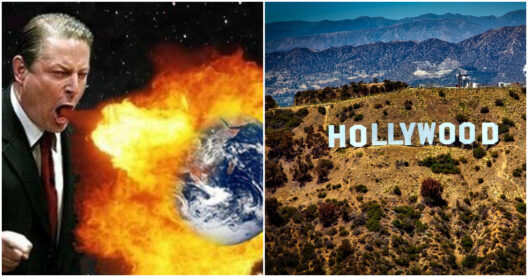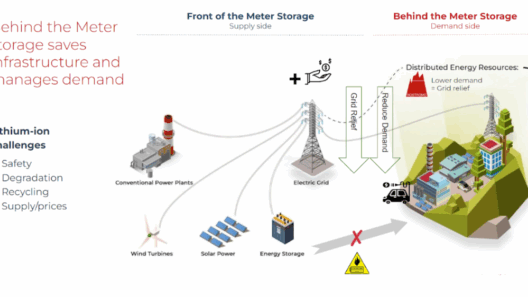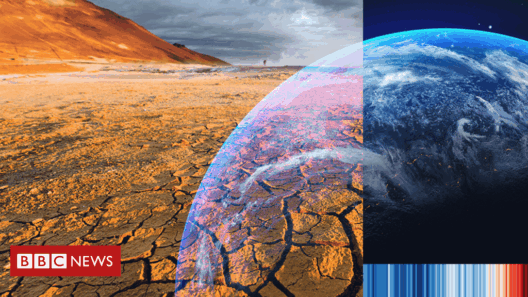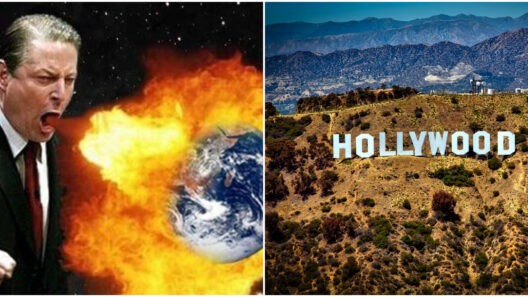As the majestic, ice-covered expanse of Antarctica shifts and transforms, it leads us to ponder a vital question: what happens when the world’s final wilderness faces an existential crisis? This question isn’t merely hypothetical; it embodies the pressing reality imposed by global warming. The prospect of rapidly melting ice raises considerable concern not only for the region’s unique ecosystems but also for the planet as a whole. The Southern Ocean, teeming with life, is under unprecedented threat. Understanding the interplay between climate change and Antarctica’s biological diversity is essential for grasping the future of our planet.
Antarctica is often perceived as a remote place devoid of life, but in stark contrast, it is an extraordinary tapestry of habitats. It hosts a remarkable array of flora and fauna adapted to its extreme conditions. Notably, this frozen continent provides a sanctuary for numerous species, including seals, penguins, and various seabirds. The robust krill population, a keystone species, supports these larger animals and plays a vital role in the Southern Ocean’s ecosystem. However, the impact of global warming introduces various challenges, disrupting these intricate ecological networks.
The persistent increase in global temperatures contributes significantly to the observed melting of Antarctica’s ice sheets, particularly in West Antarctica. This ice loss is alarming—it has been reported that the rate of ice loss has nearly tripled since the late 20th century. The implications are vast. As glaciers retreat, sea levels rise, threatening coastal communities around the globe. Furthermore, increased freshwater influx into the ocean can alter marine currents, leading to unpredictable weather patterns and climate shifts worldwide.
Among the most affected inhabitants of Antarctica are the charismatic Emperor penguins. Recent studies project a steep decline in their population, largely due to dwindling sea ice. These resilient birds rely on stable ice to breed and rear their young. As ice melts earlier in the year, the survival rate of chicks diminishes. The plight of the Emperor penguins underscores a broader theme: many species are at risk as their habitats undergo radical transformations. This phenomenon is not limited to charismatic megafauna; Antarctic krill, the foundation of the marine ecosystem, faces the daunting challenge of a warming environment. Krill thrive in cold waters rich in nutrients, but alterations in ocean temperature can disrupt their reproductive cycles, potentially leading to ecosystem collapse.
Climate change does not just threaten individual species; it disrupts entire ecosystems. As the ice retreats, shifts in species distribution occur, which can lead to unforeseen consequences. For instance, as some species migrate in search of cooler waters, they may outcompete traditional residents for limited resources. Such dynamics can create a tumultuous environment, compounding the challenges that wildlife faces. The food web in the Southern Ocean, intricately balanced for millennia, is now faced with instability.
An intriguing yet concerning aspect of this changing landscape is the phenomenon of ‘ocean acidification.’ Increased carbon dioxide emissions have not only warmed the atmosphere but also led to increased CO2 absorption by the oceans. Seawater becomes more acidic, significantly affecting calcifying organisms like shellfish and certain plankton species that are crucial to the Antarctic food web. If these foundational species cannot thrive, what might that mean for the entire ecosystem? This question remains paramount as researchers work to understand the full breadth of climate change’s implications.
Moreover, the melting glaciers reveal ancient landscapes and ecosystems that have been locked away for eons. However, the unveiling of these previously frozen environments poses a dilemma. Microbial life, long-buried beneath the ice, is being released. While some of these microorganisms might contribute to nutrient cycles, others could potentially introduce pathogens or harmful algal blooms into the ecosystem. What consequences could arise from this revival of ancient life, and how will it interact with contemporary species? The answers remain elusive and fraught with uncertainty.
To mitigate these concerning trends, global action on climate change is non-negotiable. Protecting and sustaining Antarctica’s fragile ecosystems demands that nations come together to enact meaningful policies aimed at reducing greenhouse gas emissions. International treaties, such as the Antarctic Treaty System, provide a diplomatic framework for the protection and preservation of the continent, but enforcement and compliance remain significant challenges. Educating the public and fostering a sense of stewardship for the planet’s most pristine wilderness is crucial. Every individual has a role to play, whether that means consuming less, advocating for policy change, or participating in conservation efforts.
In conclusion, Antarctica stands at a critical juncture. The consequences of climate change are not merely observed in fluctuating temperatures and melting ice; they resonate throughout the entire biosphere. As we reflect on the future of this unique ecosystem, we must ask ourselves: are we prepared to confront the challenge before us? The fate of Antarctica is intertwined with our greater reality. The call to action is urgent. By understanding the impact of our choices and committing to sustainable practices, there is potential for hope amid these daunting circumstances. The resilience of the natural world is remarkable, and with concerted effort, we may yet preserve the delicate balance of life that has thrived in Antarctica for millennia.




